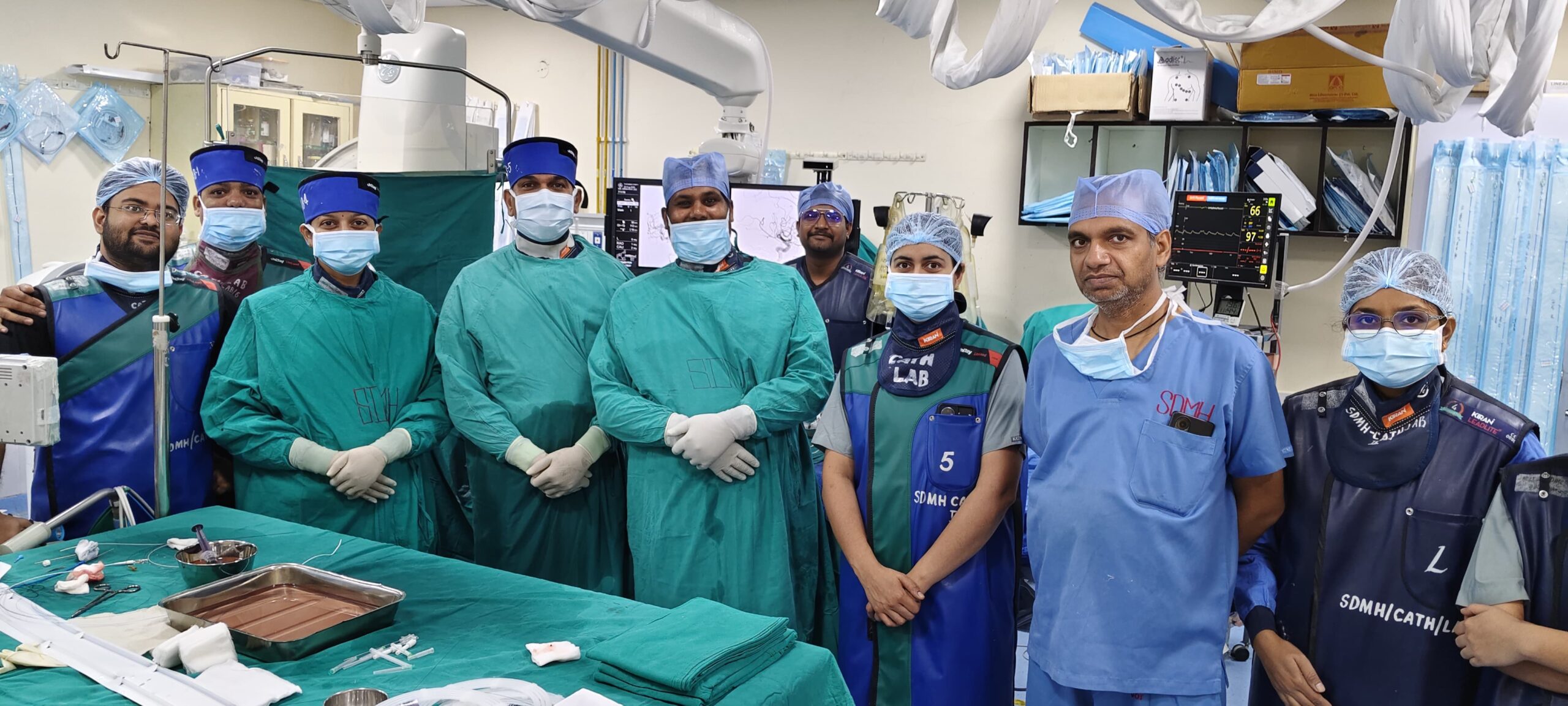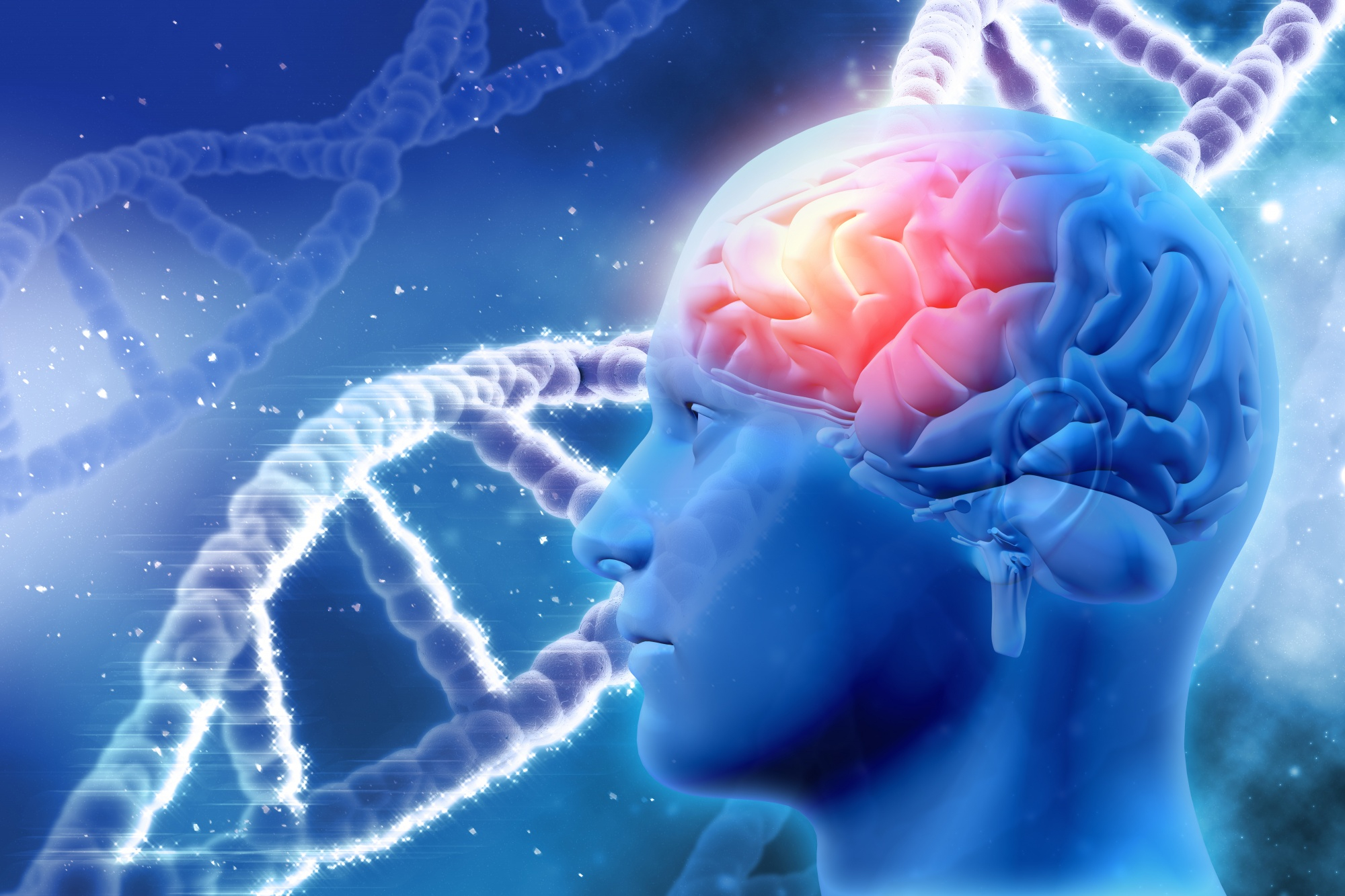Subtotal ₹0.00
Shopping cart
- drsharmadp@gmail.com
- B-434, Pradhan Marg, Vidyut Abhiyanta Colony, Malviya Nagar, Jaipur (Raj.)
Subdural Hematoma (SDH) is a collection of blood between the dura and arachnoid layers of the brain’s protective membranes. Dr. D.P. Sharma (MBBS, MS, M.Ch Neurosurgery, Fellow Endovascular Surgery) in Jaipur specializes in minimally invasive, image-guided treatments such as Middle Meningeal Artery (MMA) embolization, a newer neurointervention procedure designed to reduce recurrence and promote faster recovery.
SDH occurs when blood collects between the dura and arachnoid layers, usually following trauma, minor head injury, or in patients on blood thinners. Chronic SDH may slowly expand and cause pressure on the brain, leading to neurological symptoms.
Definition:A minimally invasive, image-guided procedure where a catheter is used to deliver embolic agents to the middle meningeal artery to stop blood supply to the SDH membrane.
Process: A micro-catheter is inserted through a small puncture in the groin or wrist and navigated to the MMA under angiographic guidance. Embolic agents such as particles, glue, or Onyx are delivered to occlude the artery feeding the hematoma.
Recovery:Patients are usually monitored in hospital for 24–48 hours. Most experience minimal discomfort and can resume normal activities within a few days. Follow-up imaging ensures the hematoma is resolving.
When to consult doctor: Immediate consultation is needed if you notice headaches, confusion, weakness, or any neurological deficits after head trauma, or if you have known chronic SDH.

Dr. Sharma is an expert in advanced neurointervention with extensive experience in endovascular techniques. Using state-of-the-art imaging and precision micro-catheter techniques, he ensures safe and effective treatment for patients with SDH.
Expert care for brain, spine, and nerve conditions—your path to recovery starts here.
Yes, this minimally invasive procedure is ideal for patients who may not tolerate open surgery.
Most patients can go home within 1–2 days and resume normal activities shortly after, with follow-up imaging to monitor resolution.
Recurrence is significantly lower than with conventional surgery, especially in chronic SDH cases.

WhatsApp us !